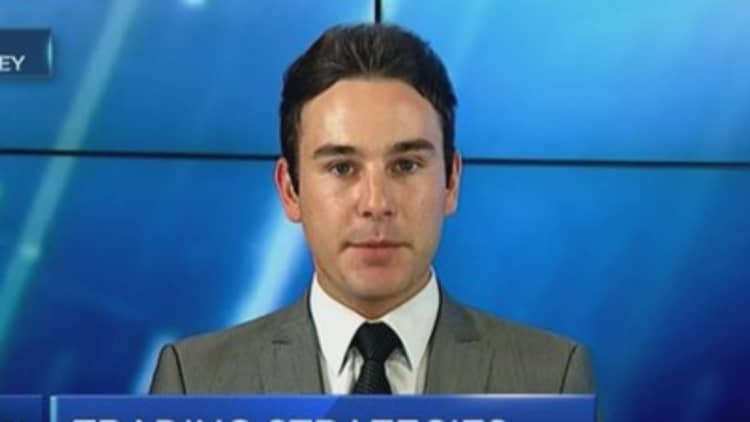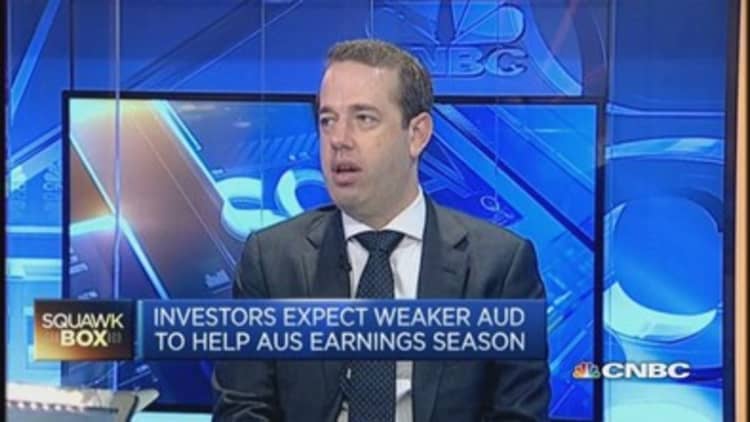Interest rate cuts may not have the same power in boosting demand as they once had, but they can still help support an economy that is struggling through a period of below-trend growth, Australia's central bank chief said on Friday.
Speaking to lawmakers at his twice-yearly parliamentary testimony, Reserve Bank of Australia (RBA) Governor Glenn Stevens said it was with this in mind that the bank decided to cut interest rates last week.
"Our judgement is that it still has some ability to assist the transition the economy is making, and we regarded it as appropriate to provide that support," Stevens said.
The RBA surprised some analysts last week when it reduced its cash rate by a quarter point to a record low 2.25 percent, resuming an easing cycle that had been on ice since late 2013.

While Stevens gave no clear guidance on whether the bank would ease again, debt markets imply a better-than-evens chance of a follow-up cut in March and are nearly fully priced for one by April.
Commonwealth Bank chief economist Michael Blythe said the tone of Stevens' remarks suggested further easing was possible.
"So the door is certainly open to further rate cuts if the Board thinks the economy needs an extra nudge along," Blythe said.
Read MoreAussie dollar to keep falling - but how low can it get?
"We have a rate cut penciled-in for March. We expect 2 percent to mark the cash rate low. But clearly in the current environment it is too early to rule out further cuts."
Stevens reminded lawmakers that the bank took into account revised outlooks for longer sub-trend growth, a higher peak in the unemployment rate, and slightly lower inflation when deciding to ease borrowing costs.
He was quick to add that the central bank was mindful of home prices, which have continued to increase.
"Developments in the Sydney market remain concerning, but in the end we did not see these trends as overwhelming a case for a further easing in monetary policy that was made on more general grounds," he said.

"Excluding Sydney, the rise for Australia as a whole over the past year was about 5 percent. That is a healthy pace but not alarming, and some cities have seen price falls."
Stevens also said the recent steep fall in the Australian dollar was "more or less" expected. He added he could think of reasons for the currency to fall further still, but declined to expand on them.
The Australian dollar barely reacted to Stevens' latest remarks. It was a touch firmer on the day at $0.7744, holding above a six-year trough of $0.7627 set early this month.
Stevens comments were pretty much a repeat of the bank's quarterly monetary policy statement released last week.
In the statement, the RBA also underscored a string of uncertainties facing the economy, not least the combined effect of the collapse in oil prices and a lower exchange rate on domestic activity and inflation.
Global uncertainties including low oil prices, China's economic outlook, and the impact of a massive bond buying scheme from the European Central Bank, have added to pressure on other central banks to take extra steps.
Sweden's central bank was the latest to launch unconventional measures including negative interest rates and bond purchases. The Riksbank said further steps could be taken to battle falling prices.

